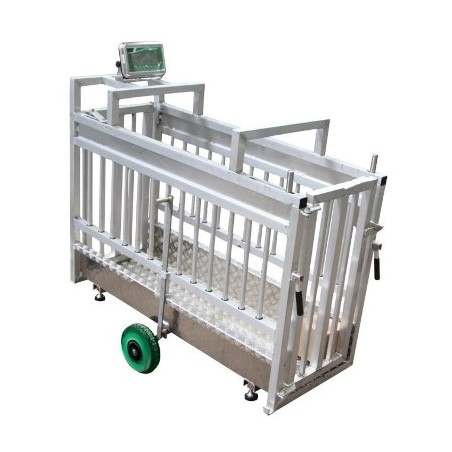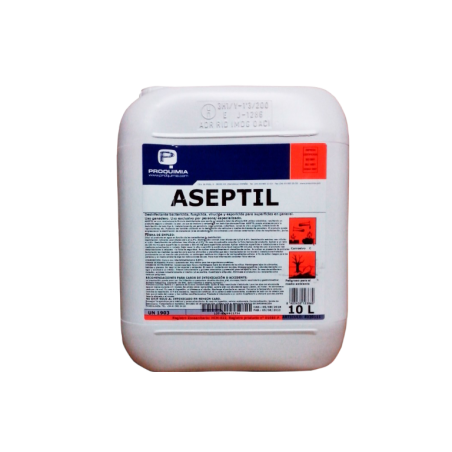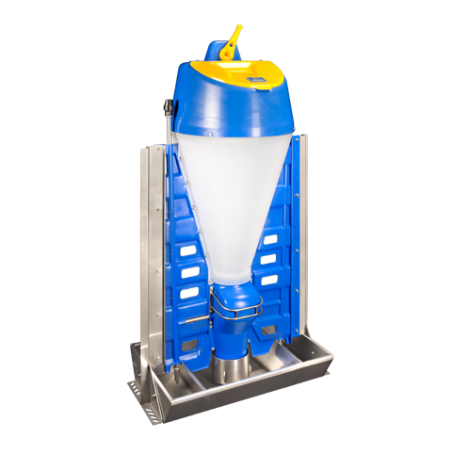African swine fever (ASF) is a highly contagious and devastating pig disease that has caused extensive global economic losses. Understanding ASF virus (ASFV) transmission dynamics within a herd is necessary in order to prepare for and respond to an outbreak in the United States. Although the transmission parameters for the highly virulent ASF strains have been estimated in several articles, there are relatively few studies focused on moderately virulent strains. Using an approximate Bayesian computation algorithm in conjunction with Monte Carlo simulation, we have estimated the adequate contact rate for moderately virulent ASFV strains and determined the statistical distributions for the durations of mild and severe clinical signs using individual, pig-level data. A discrete individual based disease transmission model was then used to estimate the time to detect ASF infection based on increased mild clinical signs, severe clinical signs, or daily mortality.
Our results indicate that it may take two weeks or longer to detect ASF in a finisher swine herd via mild clinical signs or increased mortality beyond levels expected in routine production. A key factor contributing to the extended time to detect ASF in a herd is the fairly long latently infected period for an individual pig (mean 4.5, 95% P.I., 2.4 - 7.2 days).

These transmission model parameter estimates and estimated time to detection via clinical signs provide valuable information that can be used not only to support emergency preparedness but also to inform other simulation models of evaluating regional disease spread.
Malladi S, Ssematimba A, Bonney PJ, et al. Predicting the time to detect moderately virulent African swine fever virus in finisher swine herds using a stochastic disease transmission model. BMC Veterinary Research. 2022; 18: 84. https://doi.org/10.1186/s12917-022-03188-6









